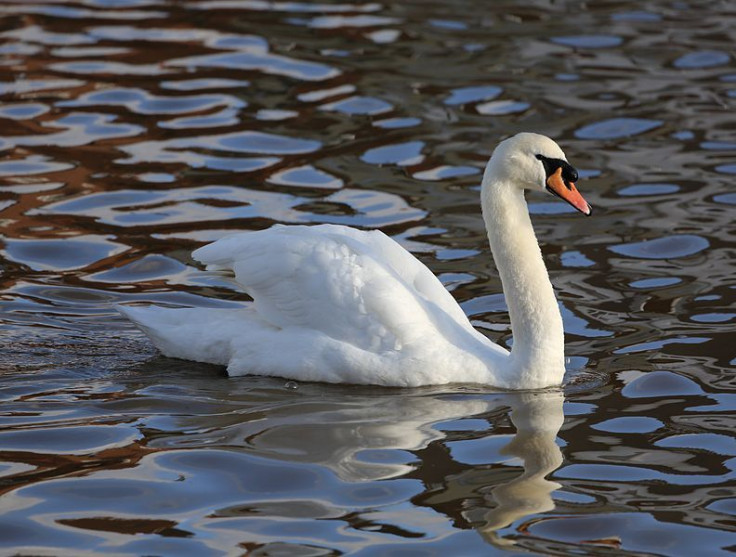'Nuisance' New York Mute Swans To Get Birth Control Instead Of Being 'Slaughtered' Following Backlash

New York’s mute swans won’t meet the macabre end lawmakers originally had planned for them. Instead of executing the state’s 2,200 mute swans, the State Department of Environmental Conservation, or DEC, will administer birth control to put a lid on the swan population’s growth.
The decision comes after the public raised a hullabaloo over a management plan released late last year that asked conservationists to eradicate the mute swans, which are not native to the U.S., through lethal means. The measure called on officials to shoot or gas swans living on public lands, destroy their nests and puncture their eggs.
"The draft plan for management for mute swans received significant public interest and DEC received many thoughtful and substantive comments," Commissioner Joe Martens said in a statement. "The DEC will consider non-lethal means to achieve the management plan's intended goals.”
More than 16,000 people wrote letters to the DEC and 30,000 people signed a petition urging lawmakers to change their mind, according to The Gothamist. Lawmakers withdrew their plan to cull New York’s mute swans.
"The big victory is that they’re not going to slaughter the swans of Sheepshead Bay," Steven Cymbrowitz, a Democratic member of the New York State Assembly, told his constituents in Brooklyn on Friday, according to the New York Post. "Sheepshead Bay wouldn’t be the same without the mute swans. They’re synonymous with grace and beauty. Yes, they may hiss sometimes, but this is New York, so they’re entitled."
The large white swans are native to Europe and parts of Asia and were brought to the U.S. to ornament the lawns of private estates in the late 1800s. In 1910, about 500 of them were released into the wild, where their numbers skyrocketed. Some swan advocates say the waterfowl are part of the state’s history and deserve a chance to survive.
“Our community is one of immigrants,” Janelle Barbash, of the group Save Our Swans, told the New York Post. “We welcome the swans, who came here more than 100 years ago.”
But many conservationists say the non-native, invasive species is actually detrimental to the environment. They say the birds are not only a “nuisance,” but also destroy aquatic plants and drive away other waterfowl, including local ducks.
“The potential for injury is low, but the aggressive behavior of swans can be a serious nuisance and render some land or water areas inaccessible for outdoor recreation during the nesting season,” DEC members noted in their report. “Where large flocks occur on water bodies used for drinking water or swimming, the deposition of fecal matter may contribute to high fecal coliform counts which in turn may be a concern to local public health and municipal water supply officials.”
This isn’t the first time New York conservationists have proposed using birth control to halt a growing animal population. In August 2013, authorities came up with a plan to sterilize Hudson valley deer, which had begun to overrun the woods, chew through peoples’ gardens and cause multiple car accidents.
© Copyright IBTimes 2024. All rights reserved.






















